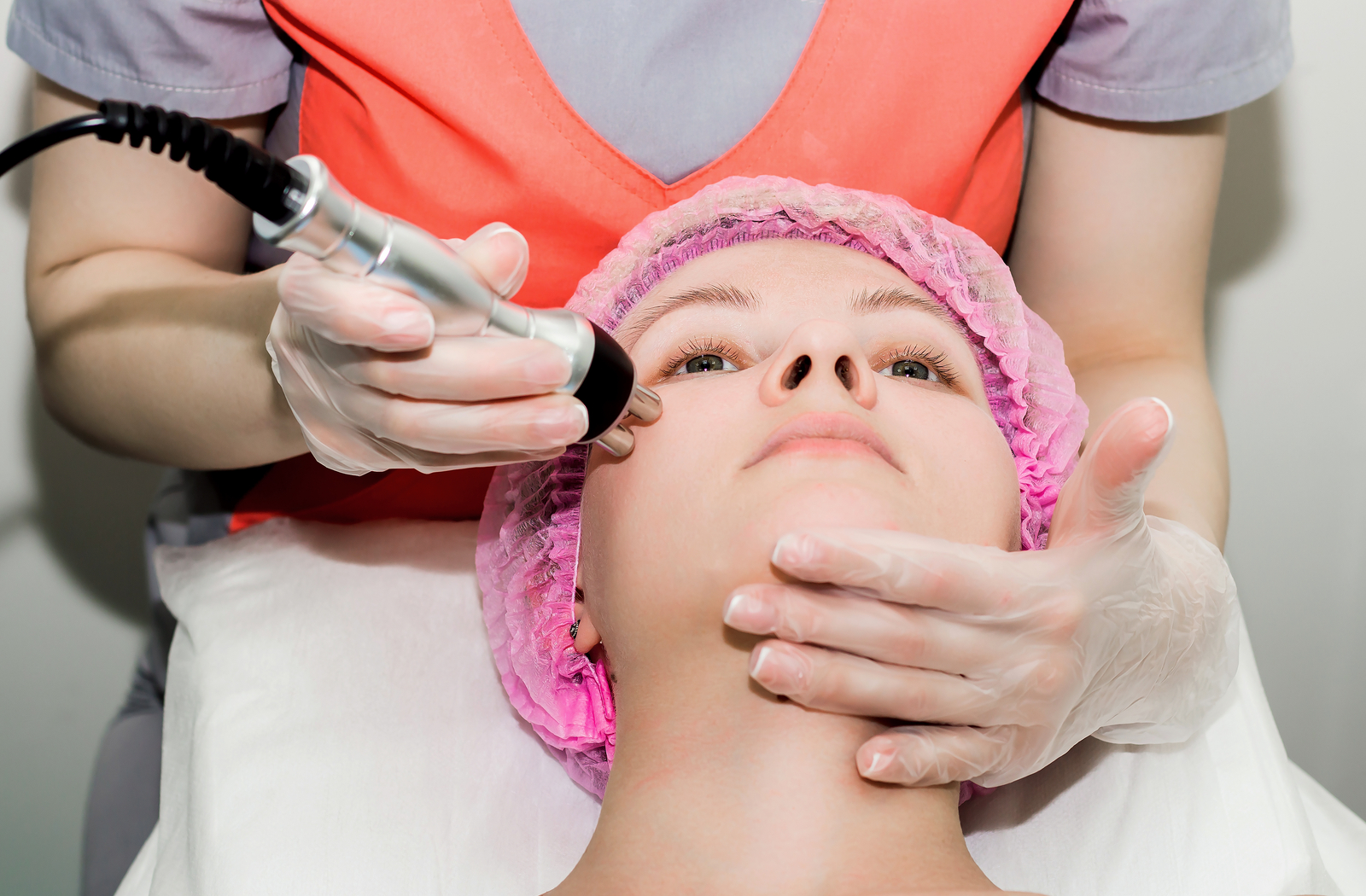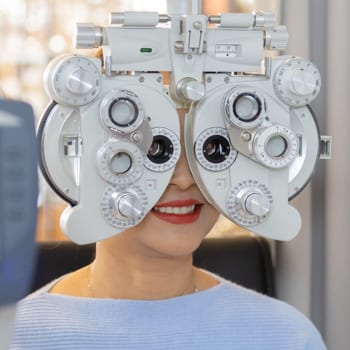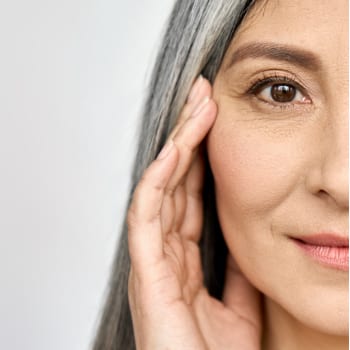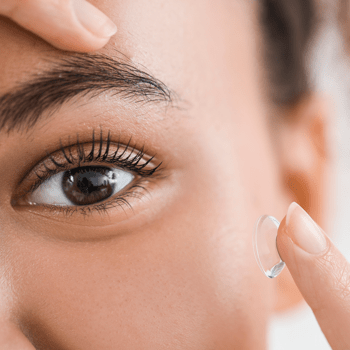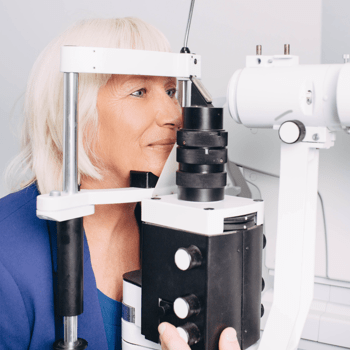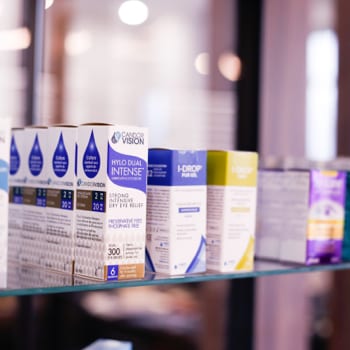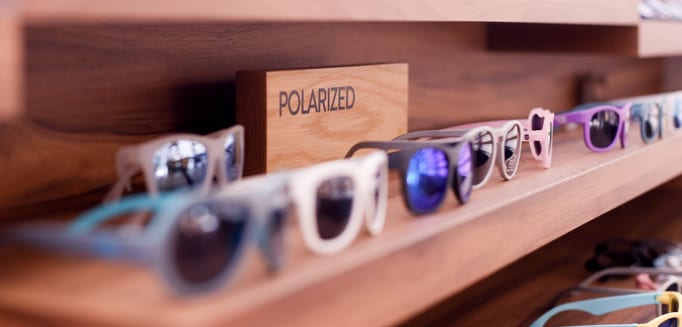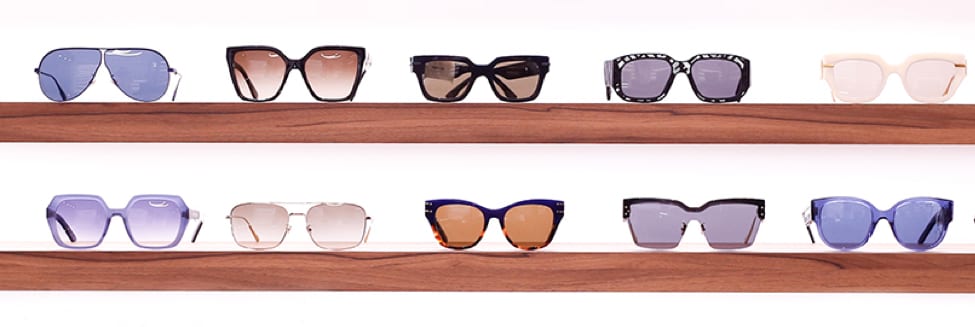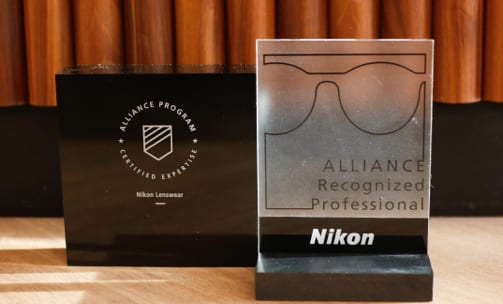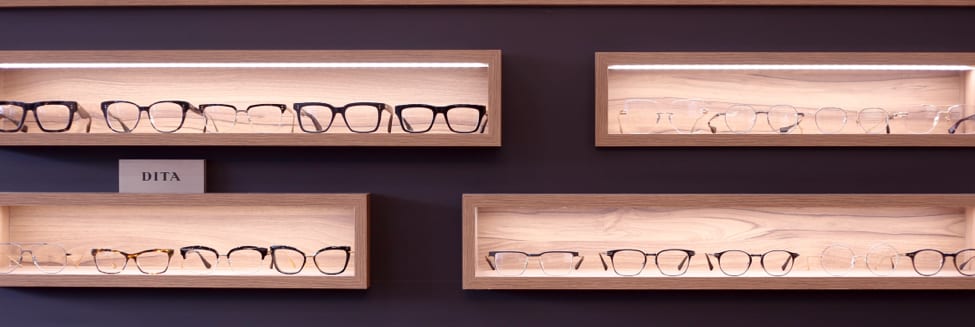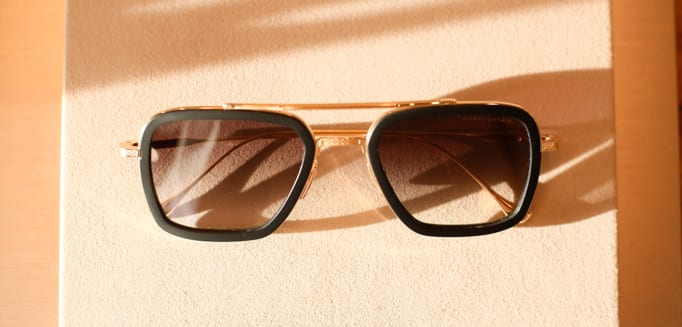If you’re one of the millions of Canadians who struggle with dry eye, you probably understand the value of finding long-lasting, meaningful relief from your symptoms. Our sight is an essential part of our quality of life, but uncomfortable, irritating symptoms can keep us from enjoying our vision the way we deserve.
Over the past few years, optometrists worldwide went on the hunt to look for some of the most innovative treatments available. Eventually, doctors found that radiofrequency technologies used in cosmetic treatments can also address dry eye symptoms and bring comfort to their patient’s vision. Today, the team at Foresee Eyecare is ready to bring these treatments to you.
But how do radiofrequency treatments work? And what type of dry eye can it help address? Because we pride ourselves on providing our patients a comprehensive understanding of all the treatments we provide, we will dive into this unique dry eye technology and how it can help you find the comfortable, clear vision you deserve.
Radiofrequency treatment isn’t the only strategy we offer, though. Find out how the team at Foresee Eyecare can address your eye discomfort and book your appointment. See, feel, and look your best today!
Diving into The Tear Film
On the surface of your eyes is a layer of tears known as the tear film. The tear film is made up of 3 distinct ingredients that all work together to protect and comfort your eyes like:
- The mucin layer, the innermost layer responsible for keeping the rest of the tear film adhered to your eye.
- The water layer, the middle layer responsible for washing away particles and keeping your eye hydrated.
- The oil layer, the outermost layer responsible for sealing in the rest of your tear film and keeping it from evaporating too quickly.
Dry eye typically develops if there is an issue with one of these layers. Most cases occur when there is a problem with the water or oil layers, which is medically known as aqueous tear deficiency and evaporative dry eye.
Aqueous Tear Deficiency vs. Evaporative Dry Eye
So, what’s the difference between these two common types of dry eye? Well, the answer is right there in their names.
Aqueous tear deficiency occurs when your tear film doesn’t have enough water content to keep your eyes hydrated and free of small particles and dust. Your tear film receives its water from the lacrimal glands that orbit your eye, but you may have a higher risk of experiencing problems because of:
- Aging
- Menopause
- Medications like chemotherapy and antidepressants
- Medical conditions like Sjorgren’s syndrome
Evaporative dry eye, which is responsible for nearly 85% of all dry eye cases, affects the oil layer of your tear film. Without a stable oil layer, your tears may evaporate too quickly, making it challenging to maintain comfortable vision. The risk of experiencing evaporative dry eye increases with:
- Skin conditions like rosacea or dermatitis
- Medications like antidepressants, decongestants, and retinoids
- Medical conditions like rheumatoid arthritis and diabetes
- Allergies
- Eye injuries
- Extended contact lens use
- Vitamin A deficiency
However, one condition that remains the leading cause of evaporative dry eye is meibomian gland dysfunction.

Meibomian Gland Dysfunction: A Leading Cause of Dry Eye
All along the ridges of your eyelid is a series of glands known as meibomian glands. They are responsible for producing the oil content used to seal in the rest of your tear film. However, they can also develop an issue known as meibomian gland dysfunction, which ultimately affects the healthy flow of oils to your tear film.
Meibomian gland dysfunction, also known as MGD, is the inflammation and clogging of your meibomian glands. It often occurs alongside another condition known as blepharitis, but it can lead to several different uncomfortable symptoms, like:
- Redness
- Wateriness
- Crusty discharge
- Light sensitivity
- Styes
- Chalazion
Some reports suggest that up to 70% of people have experienced some form of MGD, which makes it one of the most common issues our team treats in our Dry Eye Therapy Centre. One of the strategies we provide is, you guessed it, radiofrequency treatment.
So, How Does Radiofrequency Treatment Help?
There are many different ways we can help address your dry eye symptoms, but radiofrequency treatment may be a great option if you have MGD.
Radiofrequency treatment, sometimes known as RF therapy, first became popular in the early 2000’s as a cosmetic skin treatment for addressing wrinkles, fine lines, and loose skin. By heating up certain areas of your skin to about 50 to 70 degrees Celsius, doctors could stimulate collagen production. This protein helps tighten your skin and give it a youthful, rejuvenated appearance.
Recently, optometrists and ophthalmologists found that RF technologies can also help loosen and melt away blockages associated with MGD. RF therapy has since become a popular treatment for many who struggle with dry eye.
How Does It Work?
Using a handheld radiofrequency device, our doctor will apply gentle heat to the edges of your eyelids. Over a few minutes, the radiofrequency signals will loosen and melt blockages in your meibomian glands, improving the flow of oils to your tear film.
RF therapy can also help reduce inflammation in your eyelid, soothing your discomfort. The entire session takes anywhere from 10 to 20 minutes to complete.
We usually recommend 3 or 4 sessions spaced about two-three weeks apart for the best results. You may notice more comfortable vision immediately after your first session, but repeat appointments can help you enjoy long-lasting results.
Are There Side Effects?
After your RF therapy session, you might experience some minor side effects, but these are quite normal and should subside within a few hours. Some common side effects include some slight swelling and minor redness.
However, you may also notice the areas around your eyes are more elastic and youthful-looking!
Am I A Candidate?
Like any treatment, we first need to ensure you’re a candidate for RF therapy. While most people can have the treatment safely, we might not recommend other strategies if your symptoms aren’t related to MGD or if you have certain skin conditions that may make the treatment unsafe for your skin.
We want you to enjoy your vision, so please don’t hesitate to call our team if you’re struggling with dry eye symptoms. We’ll be happy to determine the cause of your discomfort and develop a strategy unique to your needs with the help of our wide range of in-office treatments and at-home remedies.
Book an appointment at Foresee Eyecare today and rediscover the meaning of comfortable vision.

